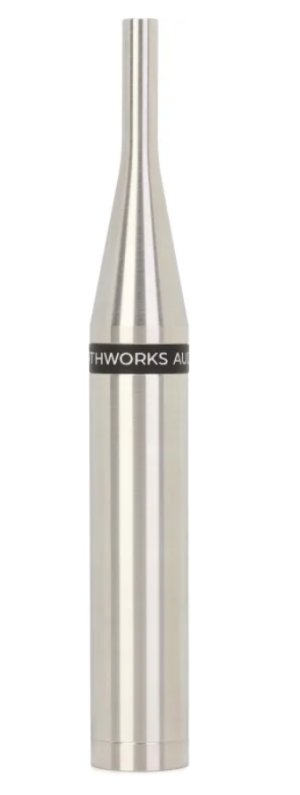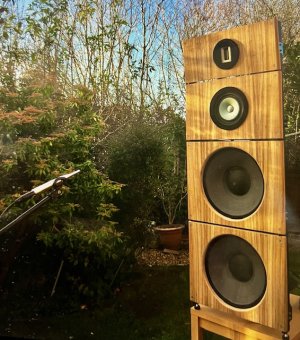slartibartfast
Major Contributor
- Joined
- Apr 18, 2024
- Messages
- 5,413
I bet both of those settings have phase cancellation at the crossover frequency anyway. It doesn't try to optimise the phase at the crossover.Prior of this new update I get the same number no matter how many times I run it. Now it goes 1 then 8 then 1 then 8. It is important to check features when we get new update as may cause a problem from existing feature.


